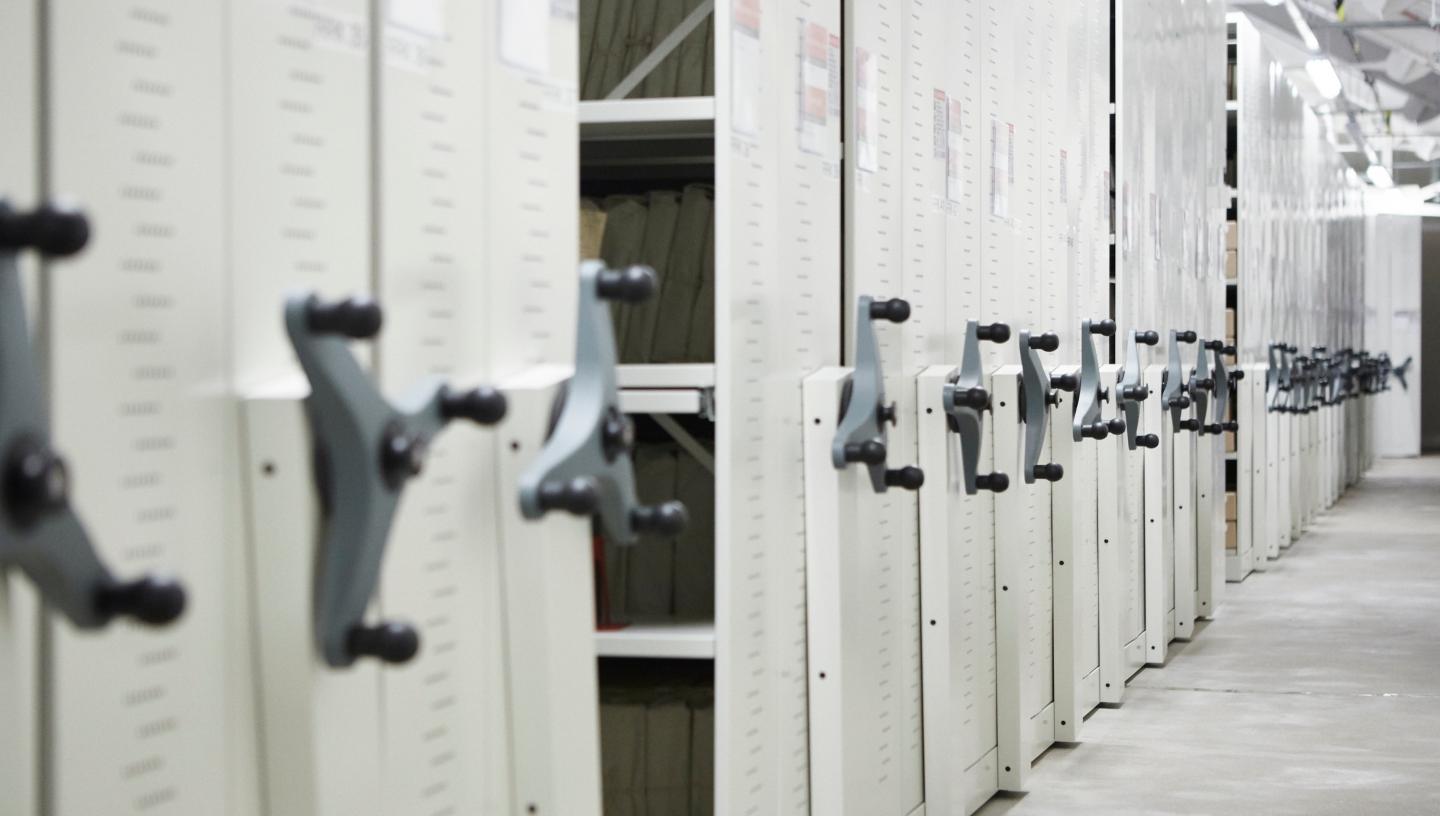
Essential Information
| Location |
National Maritime Museum
|
|---|---|
14 May 2015
For several months I have been delving into stories and personalities represented in the surviving Board of Trade crew lists from the year 1915.
Public access to these records held at the National Maritime Museum and The National Archives is due to be greatly enhanced, following the completion of a painstaking indexing project carried out by volunteers. Online searching facilities will make it much easier to trace the careers of individuals employed on British-registered merchant vessels during the First World War. For this article I have chosen to feature one of the most unusual records found during the 1915 Crew List Index Project. It relates to an industry and a geographical location which seem far away from the familiar aspects of merchant shipping during wartime.
The steam vessel Restitution Official No. 91282 was built by Wigham, Richardson & Co at Newcastle in 1885. After an unremarkable career as a cargo steamer in the foreign trade, she was converted into a whaling factory ship with an important role in a new commercial venture based at Prince Olaf Harbour on the island of South Georgia in the South Atlantic. The licence to develop this site had been granted to The Southern Whaling & Sealing Co Ltd, an offshoot of the British fishing companies Richard Irvin & Sons of North Shields and Irvin & Johnson of Cape Town. The Restitution also operated out of Porto Alexandre (now Tombwa) and Cape Town on the African continent.
The crew agreement for the Restitution (numbered RSS/CL/3420/023) was opened at the whaling centre of Sandejford in Norway on 23 October 1911 and terminated at North Shields on 16 August 1915. This duration of almost four years is likely to be the longest covered by a single crew agreement in the 1915 series. Details of the crew employed during the voyage continue over seven booklets and the final leg from Thames Haven to North Shields is also recorded in the home trade agreement RSS/CL/3420/024. Only a small percentage of the regular crew were British. The majority were from Sandefjord and other Scandinavian locations. For most of the period covered by these two agreements, the master was a Norwegian named Nils Almar Anderson.
In the years leading up to the First World War, whale oil had become increasingly important as a raw material for the manufacture of soap and margarine, and also as a source of the glycerol used in the production of nitroglycerin for explosives. The use of sizeable vessels that could operate as floating factories and transport oil in bulk enabled whaling in the South Atlantic to become a more viable business proposition. The wartime demand for whale oil had a dramatic impact on whale stocks in this ocean area. Between 1904 and 1917 some 175,250 whales were killed at South Georgia. During the factory work that followed the whale catching, the whale blubber was stripped from the carcass in a process called flensing and the remaining material was used to produce guano (fertilizer). A note on the front of the crew agreement states that each crew member’s share in the profits of the whale oil and guano would be suspended during any absence caused by sickness. Details of the capacity in which the individuals were engaged include some thoroughly unpleasant job titles such as blubber cutter, flesh boiler and guano dryer.
The labourers engaged in the factory work included many from the Natal area in what was then the Union of South Africa. They were recruited during the African whaling season through Norwegian connections and were retained when the Restitution moved on to South Georgia.
These Africans had never been at sea before, but presumably they gained skills that would enable them to find employment in the whaling industry on their mainland. One of the pages in the crew agreement records the death from pneumonia of an African labourer named Maguda Lutshozi at Prince Olaf Harbour on 10 March 1914.
The career of the Restitution as a factory ship was short because she sprang a leak and had to be abandoned off the Scilly Isles in November 1916. Her crew were saved by a Dutch steamer. At least two other whaling factory ships that operated at South Georgia can be found in the 1915 crew lists held at the National Maritime Museum. These are the Neko of Leith Official No. 129406 and the Horatio ex Horsley Tower of Leith Official No. 101913, owned by Christian Salvesen & Co. As recorded on the relevant documents, both of these vessels undertook voyages to the South Shetland Islands and Graham Land via Tonsberg in Norway for whaling purposes in 1914-15.
Records in the 1915 series of Board of Trade agreements, crew lists and log books at the National Maritime Museum can be ordered for viewing or scanning using this standard form on our website.
Graham, Archives Assistant
Further reading
- 'African Labourers in Modern Norwegian Whaling' by Dag Ingemar Børresen (Chapter 5) in Navigating Colonial Orders: Norwegian Entrepreneurship in Africa and Oceania, Kirsten Alsaker Kjerland and Bjorn Enge Bertelsen (editors), Berghahn Books, 2014
- The British Whaling Trade, Gordon Jackson, Adam & Charles Black Ltd, London, 1978
- Men & Whales, Richard Ellis, Robert Hale Ltd, London, 1992